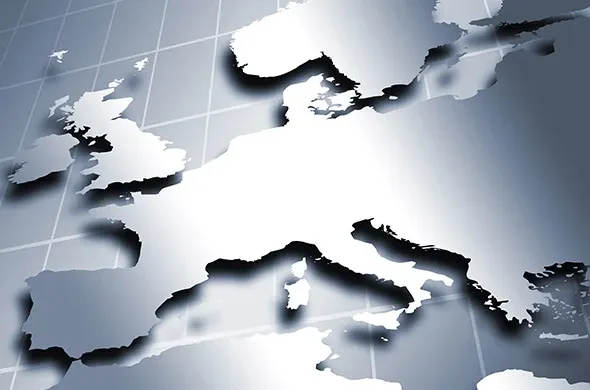Smartwatch Market Set to Swing to Growth in 2025
Global smartwatch shipments are forecast to climb 7% by the end of 2025, swinging to growth after declining for the first time in 2024, according to Counterpoint Research.

Overall, consumer confidence in Europe experienced very positive growth in the fourth quarter of 2016. The GfK consumer climate for the 28 EU countries rose by 5.6 points to 17.9 points in December, its highest value since January 2008. Over the year, the individual indicators, economic and income expectationss and propensity to buy, did not develop uniformly.
The topics dominating headlines in Europe during the fourth quarter of 2016 were the war in Syria, terrorism in Europe, the US presidential election at the end of November, and the continued rise of nationalist parties and tendencies in virtually all European countries. It is clearly evident, however, that all this negative news has not rubbed off on consumers.
It appears that Europeans are being increasingly selective as to precisely which topics they allow to have an influence on their daily lives. As a result, the economic and income expectation and propensity to buy indicators have been largely unaffected by the war in Syria, developments in Turkey, the US presidential election, and the ongoing threat of terror in Europe.
Instead, economic growth figures in the individual countries have played a more significant role. Consequently, the GfK consumer climate for the 28 EU countries rose by 5.6 points to 17.9 points between September and December.
The economic expectations of Germans grew substantially in autumn, climbing by 9.6 points between September and December. This significant increase during the fourth quarter of 2016 brought the indicator to 16.4 points by the end of the year, which was almost as high as it was in June (18.0 points; record high for 2016).
The economic expectations of the French people soared in the fourth quarter of the year, with consumers believing that the economy will pick up considerably over the next few months. As a result, the indicator climbed by 13.0 points between September and December to 19.8 points, its highest level since August 2007. This constituted an increase of 12.6 points in comparison with the end of 2015.
After temporarily dropping to their lowest level in four years (-28.2 points) in July following the Brexit vote, the economic expectations of British consumers initially stabilized at the end of the third quarter. However, the indicator fell again by 9.8 points between September and December, ending the year at -11.6 points. This is 28.2 points lower than at the same time in the previous year.